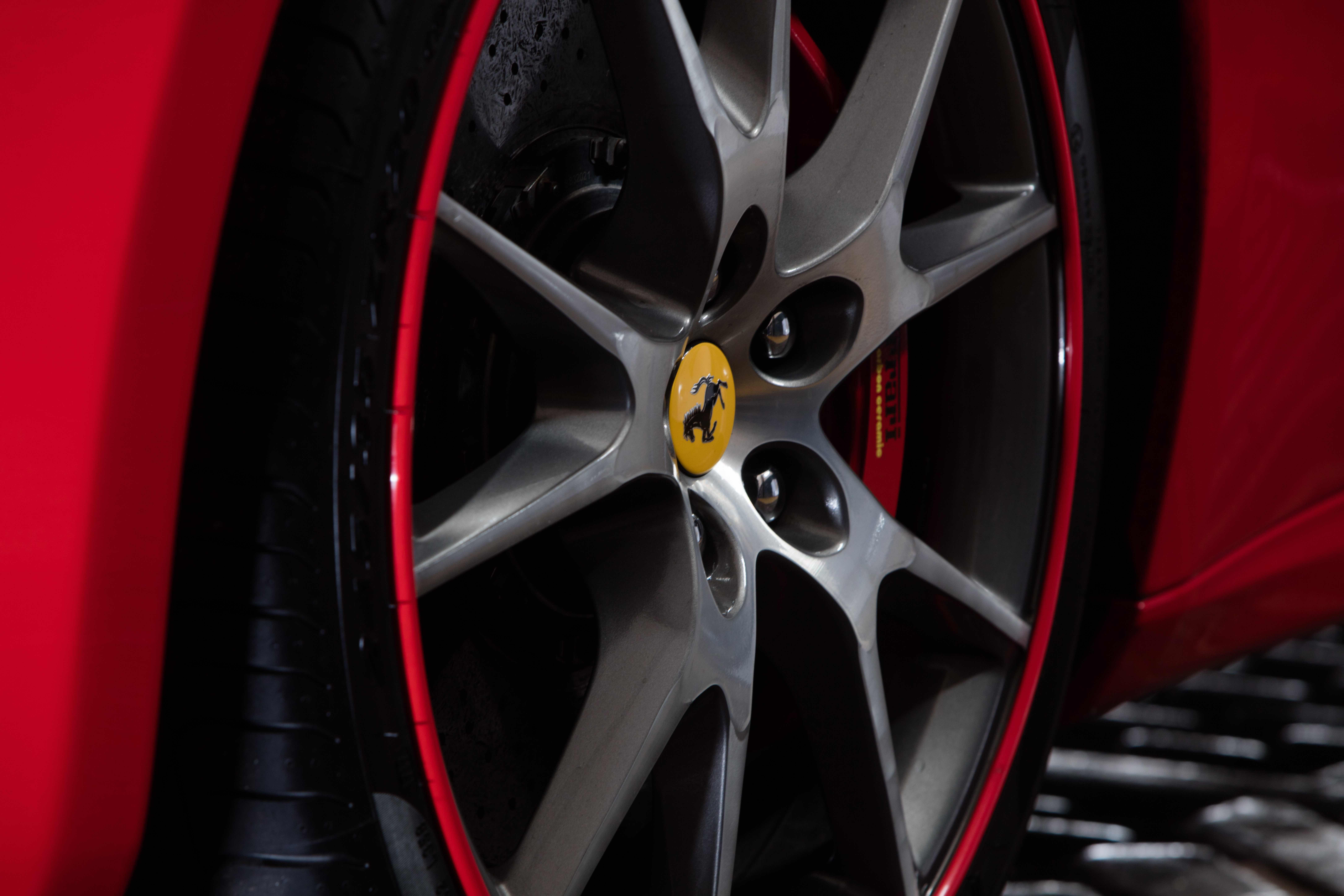Which car brand produced the first alloy wheel?
The concept of alloy wheels dates back to the early 1920s, and there is some debate about which specific alloy wheel can be considered the “first ever.” However, one of the earliest examples of alloy wheels used on production vehicles can be attributed to the Bugatti Type 35, a high-performance racing car introduced in 1924. The Bugatti Type 35 featured aluminium alloy wheels that were designed to reduce weight and improve performance.
Alloy wheels are made from a combination of aluminium and other metals, which makes them lighter and often more durable than traditional steel wheels. However, this durability doesn’t make them immune to scuffs and scrapes, as millions of drivers well know, and refurbishment isn’t cheap. One of the best ways to avoid scuffs and expensive refurbishment bills is to invest in high quality alloy wheel protection.

Over the years, alloy wheels have become a common feature on many cars, providing both aesthetic and functional benefits. Quite often, the design and size of a set of alloy wheels can either make or break the look of a car, which is why more and more drivers go for larger sizes with dynamic designs.
Since the introduction of the Bugatti Type 35’s alloy wheels, various advancements and designs have emerged, and alloy wheels have become standard or popular features on many vehicles across the developed world. They offer benefits such as improved handling, better heat dissipation, and a more appealing appearance, making them a popular choice for car enthusiasts and manufacturers alike.
So, for almost one hundred years, alloy wheels have been improving the design and performance of cars of all types and sizes. Luckily, there’s a simple and affordable way of keeping your beloved alloys protected.











